OLD Memories of Childhood
“The poster for ‘120 Bahadur’ instantly transported me back to my childhood, when my father would share his poignant memories of the Indo-China war in 1962. As a Junior Commissioned Officer in the Medical Corps, he was stationed in Chushul, Ladakh, where he witnessed the bravery and sacrifice of Major Shaitan Singh and his platoon. My father’s diary entries recounted the harrowing experience of tending to casualties and the devastating loss of 114 lives, whose bodies were only recovered three months later, after the snow had melted. The memory of that fateful event still moved him deeply, and he would often recite the verse, ‘Jako rakhe saiyan, maar sake na koy,’ a testament to his unwavering faith in God.”
Second Incident of KBC season 12, 25 th Nov 2020, brought back my old memories of Major Shaitan Singh
On November 25, 2020, during Season 12 of Kaun Banega Crorepati, host Amitabh Bachchan posed the following ₹1 crore question to contestant Anupa Das:
“Who was awarded the Param Vir Chakra for his bravery on 18 November 1962 at Rezang La in Ladakh?”
The options provided were:
- A) Major Dhan Singh Thapa
- B) Lt Col Ardeshir Tarapore
- C) Subedar Joginder Singh
- D) Major Shaitan Singh
Anupa Das correctly answered “D) Major Shaitan Singh,” thereby winning ₹1 crore.
Even I answered correctly before the options were given, “Major Shaitan Singh” as my father told us about this incident.
(I was watching this episode on TV) please note.
My father’s diary entries vividly recount his harrowing experiences on the battlefield. He bravely fought on three fronts: against enemy forces, against the scarcity of essential logistics, and against the unforgiving natural elements. The latter proved to be the most daunting challenge, as he battled through blizzards, icy gusts, and razor-sharp snowdrifts. Despite layering 25 to 28 articles of clothing, he couldn’t escape the bone-chilling cold that seeped into his very being.
During the 1962 India-China war, the Indian Army Medical Corps (AMC) faced severe challenges due to extreme weather, high-altitude conditions, and lack of infrastructure. In Ladakh and Arunachal Pradesh, medical units struggled with sub-zero temperatures, frostbite, and altitude sickness. The shortage of medical supplies, proper evacuation routes, and air support worsened casualty management. The Chinese assault at Rezang La and Namka Chu overwhelmed Indian forces, making battlefield medical aid nearly impossible. Many wounded soldiers succumbed due to delayed evacuation. The AMC’s dedication, despite limited resources, saved numerous lives.
In the harsh and cold environment of the Himalayan region during the 1962 era, managing sanitation, including washing feces, would have been a significant challenge for military forces. Here are some methods they might have used:
- Latrines and Pit Toilets: Soldiers would dig pit latrines away from living and cooking areas. These pits would be covered with soil after use to minimize odor and prevent contamination. In freezing temperatures, digging might be difficult, but they would use tools to break through the frozen ground.
- Portable Toilets: In some cases, portable toilets or makeshift facilities might have been used. These would be emptied and cleaned when possible, though this would be challenging in extreme cold.
- Snow and Ice: Snow and ice could be used to clean themselves. Soldiers might use snow to wipe themselves, as it can act as a rough, cold substitute for water. This method is not ideal but can be effective in a pinch.
- Limited Water Use: Water would be a precious resource, and soldiers would use it sparingly. They might use small amounts of water to clean themselves or their equipment, but this would be done minimally to conserve resources.
- Sanitation Protocols: Strict sanitation protocols would be enforced to prevent the spread of disease. This would include regular cleaning of latrines, proper disposal of waste, and personal hygiene practices to the extent possible.
- Burning Waste: In some cases, waste might be burned to dispose of it, though this would require fuel and might not always be practical.
- Natural Decomposition: In extreme cold, organic matter decomposes very slowly. Waste might be left to freeze and decompose naturally over time, though this would not be a quick or efficient method.
Overall, maintaining hygiene in such an environment would require a combination of resourcefulness, discipline, and adherence to strict protocols to ensure the health and well-being of the troops.
During the Indo-Sino War of 1962, the Indian Army Medical Corps faced significant challenges in providing medical care, especially in the harsh, sub-zero temperatures of the Himalayan region. Intravenous (IV) fluids were indeed used to treat injured soldiers, but maintaining IV fluids in liquid form at such low temperatures was a major logistical and medical challenge.
Challenges of Using IV Fluids in Sub-Zero Temperatures:
- Freezing of IV Fluids: Standard IV fluids, such as saline or dextrose solutions, have a freezing point close to 0°C (32°F). At the high altitudes and extreme cold of the Himalayas, these fluids could easily freeze, rendering them unusable.
- Logistical Issues: Transporting and storing IV fluids in liquid form required careful planning. Insulated containers and heating devices were necessary to prevent freezing during storage and transport.
- Practical Use: Even if the fluids were kept liquid during storage, administering them to patients in freezing conditions was difficult. The fluids could cool rapidly once exposed to the environment, potentially causing complications like hypothermia in patients. Solutions and Adaptations:
- Insulated Storage: The Medical Corps likely used insulated containers or thermal blankets to keep IV fluids from freezing during transport and storage.
- Heating Devices: Portable heating devices or warm water baths may have been used to thaw frozen IV fluids before administration.
- Alternative Treatments: In some cases, oral rehydration solutions or other methods of fluid replacement may have been used when IV fluids were not feasible.
- Improvisation: Given the extreme conditions, medical personnel may have improvised solutions, such as keeping IV fluids close to body heat or using pre-warmed fluids. Historical Context:
The 1962 war was fought in some of the most inhospitable terrains on Earth, with temperatures often dropping well below freezing. The Indian Army Medical Corps had to adapt to these conditions with limited resources and technology compared to modern standards. Despite these challenges, they made significant efforts to provide medical care to injured soldiers.
In summary, while it was difficult to maintain IV fluids in liquid form at sub-zero temperatures during the 1962 Indo-Sino War, the Indian Army Medical Corps employed various strategies to overcome these challenges and provide critical medical support to soldiers.
The Silent Warriors of Chushul: A Medic’s Tale from the 1962 War
The cold wind sliced through the barren heights of Chushul, Ladakh. It was November 1962, and war had turned the silent valley into a battlefield. The Indian Army’s 13 Kumaon battalion, under the leadership of Major Shaitan Singh, had dug in at Rezang La, a strategic pass standing at 16,000 feet. Among the troops were not just riflemen but also those who bore no weapons—men of the Army Medical Corps, including my father, who was Junior commissioned officer (Subedar).
As the battle raged, the Chinese forces, well-equipped and numerically superior, launched waves of attacks. The crackling of gunfire, the deafening blasts of mortar shells, and the desperate cries of wounded soldiers filled the thin air. Amidst the chaos, my father and his fellow medics moved like ghosts, tending to the wounded, oblivious to the bullets flying around them. The medical tent, a simple tarpaulin stretched over a trench, became both a sanctuary and a battlefield.
The casualties were mounting. The extreme cold meant that even minor wounds could turn fatal within hours. My father recalled how he struggled to used his own hands to keep IV fluids from freezing and how he tore pieces of his towels to make bandages. A young soldier, barely out of his teens, had a gut wound that would not stop bleeding. “Hold on, brother,” my father whispered, pressing gauze against the wound. The soldier smiled weakly. “Will we win, Saab?” he asked. My father had no answer. He only nodded and continued working, knowing well that survival was a matter of chance.
Major Shaitan Singh and his men fought like legends, refusing to retreat despite the overwhelming enemy fire. He moved from post to post, encouraging his men, and even as bullets struck him, he refused to be evacuated. My father saw him one last time, before he moved to his last destination, slumped against a rock, still gripping his weapon, refusing to surrender.
The order finally came—withdrawal. My father and a few others, carrying the wounded on makeshift stretchers, began their retreat through the icy terrain. The bodies of Indian soldiers lay frozen in battle positions, their fingers still curled around their rifles. There was no time to mourn, no time to look back.
Days later, he would hear of the heroism that took place at Rezang La, of how only a handful of men had managed to stand against an entire enemy battalion. Major Shaitan Singh was posthumously awarded the Param Vir Chakra. But the medics, the silent warriors who had saved lives in impossible conditions, remained unsung.
My father never spoke much about those days, but his diary revealed the horrors, the courage, and the unbreakable spirit of those who served. Chushul was not just a battleground; it was a testament to duty, sacrifice, and the price of valour.
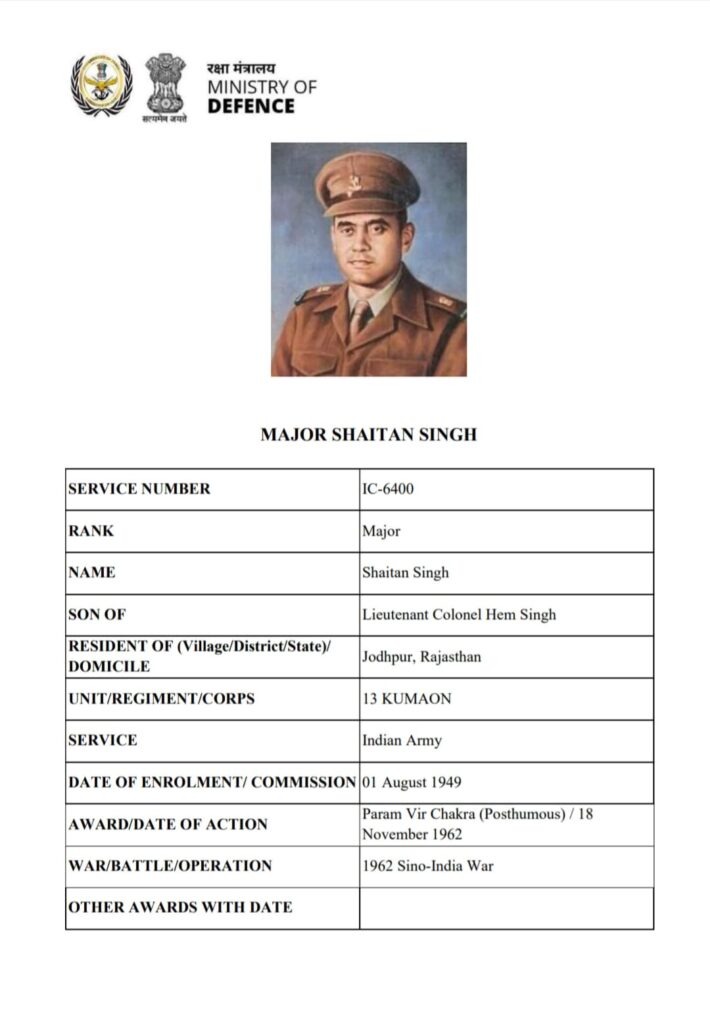
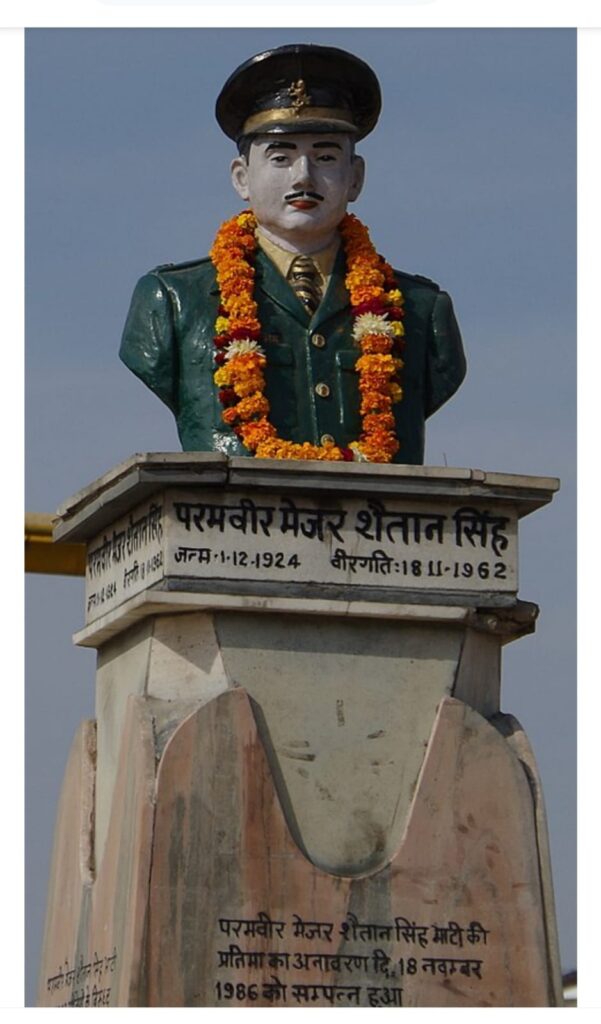
Life without Electricity
During the 1962 Indo-Sino War, the remote areas were plunged into darkness, devoid of electricity. The only faint glow came from kerosene lamps, which cast a dim light on the harsh realities of war. In extreme conditions, makeshift lamps were crafted using 15-liter oil containers, with pyjama strings serving as makeshift wicks. These improvised lights struggled to illuminate the camps, casting long shadows on the rugged terrain. The conditions were bleak, and the darkness seemed to mirror the uncertainty and hardship that gripped the region during those chaotic times.
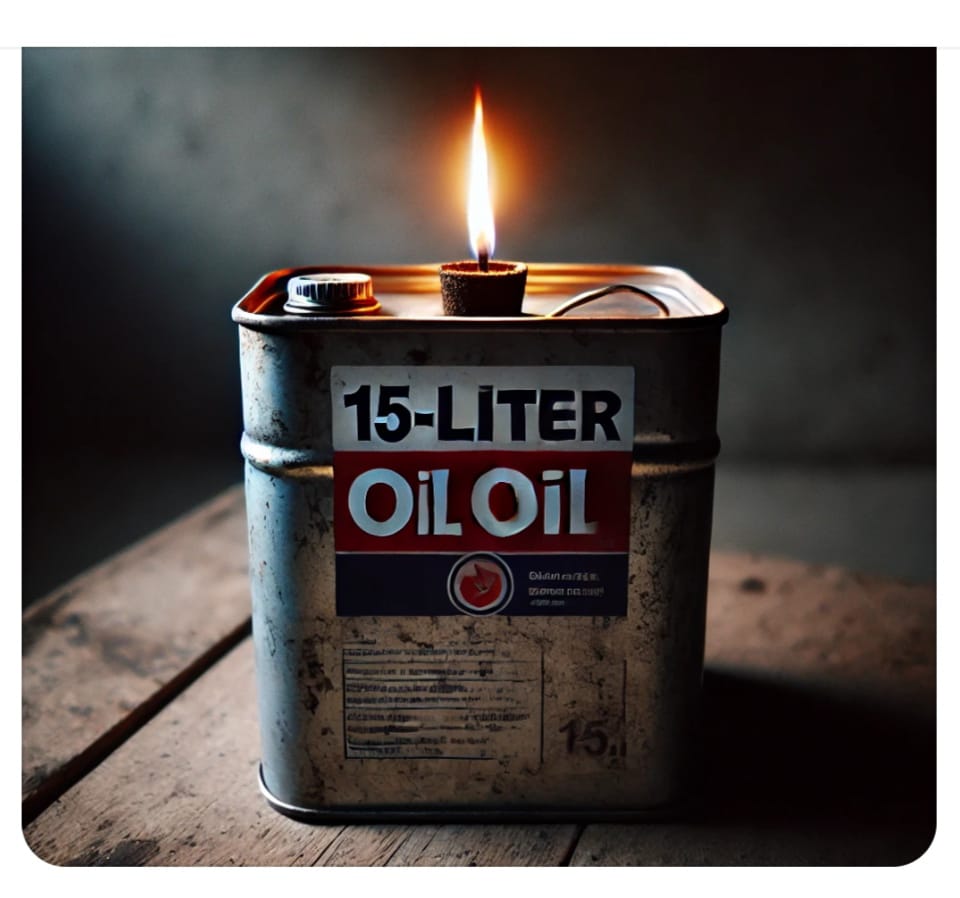

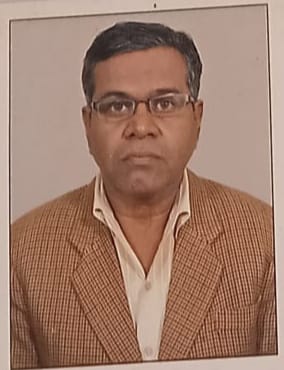
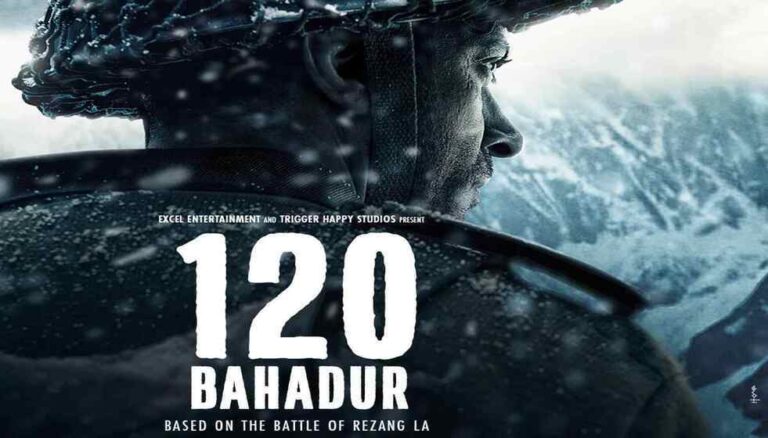



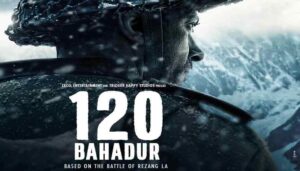

Thanks for sharing …
Had not know about him! Salute to the bravery of Maj. Shaitan Singh! Not to discount the unsung heroes of the war. Salute to your father too! So glad that he maintained a diary, which speaks about his experiences that time